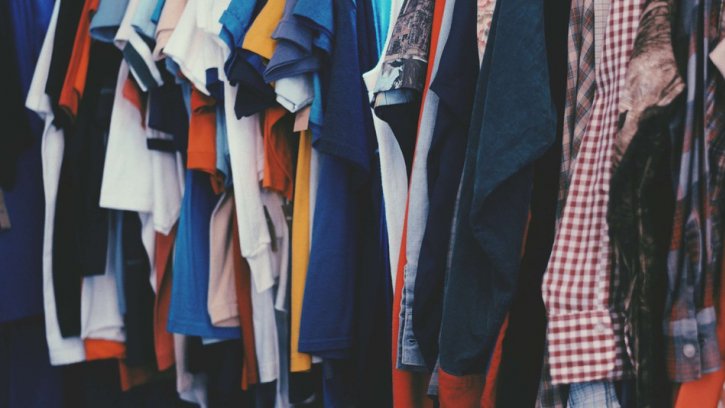
SHD Group expands into USA
Editor’s Viewpoint


EEA calls for a wide-scale change towards circular economy in textiles production and consumption to reduce its greenhouse gas emissions, resource use and pressures on nature.

21st November 2019
Billy Hunter
|
Copenhagen
Image © Nick de Partee on Unsplash
According to a European Environment Agency (EEA) briefing, published earlier this week, consumption of clothing, footwear and household textiles in the European Union (EU) uses approximately 1.3 tonnes of raw materials and more than 100 cubic metres of water per person annually. The agency calls for a wide-scale change towards circular economy in textiles production and consumption to reduce its greenhouse gas emissions, resource use and pressures on nature.
The EEA briefing Textiles in Europe’s circular economy presents the latest evidence on environmental and climate impacts from the consumption of textile products ranging from clothing and footwear to carpets and furniture in the EU. It is based on a technical report by the EEA’s European Topic Centre on Waste and Materials in a Green Economy (ETC/WMGE).
According to the EEA study, the production and handling of clothing, footwear and household textiles that were sold in the EU in 2017 used an estimated 1.3 tonnes of primary raw materials and 104 cubic metres of water per EU person. About 85% of these materials and 92% of the water were used in other regions of the world, the study says.
For water consumption and the use of primary raw materials, clothing, footwear and household textiles represent the fourth highest consumption category in the EU, after food, housing and transport. The same product group causes the second highest pressure on land use (after food), and also a considerable amount of chemical and water pollution, including plastic microfibres released through washing, as well as various negative social impacts.
The EEA briefing also shows that the production of clothing, footwear and household textiles for Europeans caused an estimated 654 kg of CO2 equivalent emissions per EU capita, making textiles the fifth largest source of CO2 emissions linked to private consumption. About three quarters of these emissions took place outside of the EU.
Circular economy for textiles
“Circular economy policies and principles, such as eco-design and reusing, hold potential to mitigate the environmental and climate impacts of textile production and consumption,” the EEA briefing states. “Current EU policies require Member States to collect textiles separately by 2025 and ensure that waste collected separately is not incinerated or landfilled.”
According to the EEA, circular business models in textiles — such as leasing, sharing, and take-back and resale — need to be scaled up with the support of policies addressing materials and design, production and distribution, use and reuse, collection and recycling. This can include policies such as sustainable production and product policies, eco design and durability standards, green public procurement, safe and sustainable materials, waste prevention and extended producer responsibility, and labelling and standards.

Business intelligence for the fibre, textiles and apparel industries: technologies, innovations, markets, investments, trade policy, sourcing, strategy...
Find out more